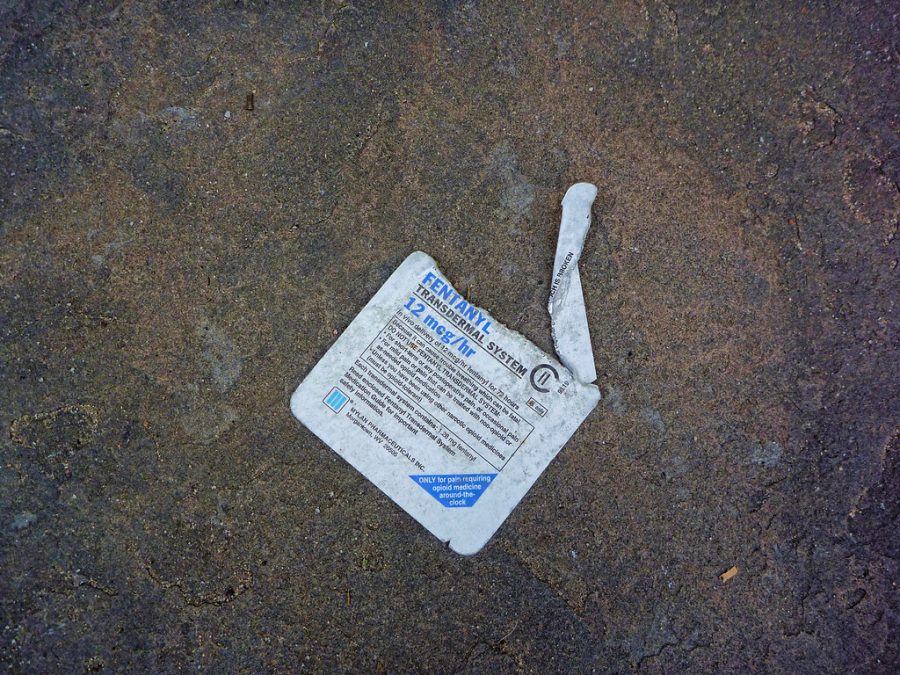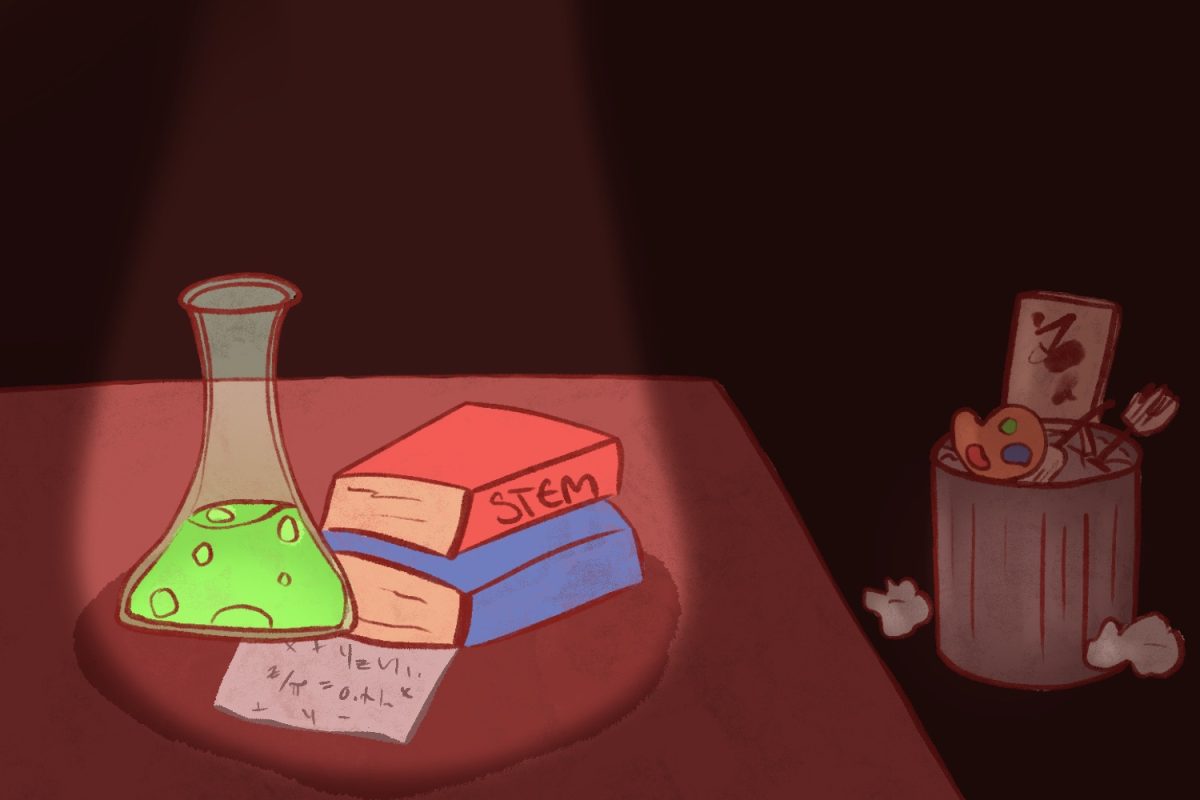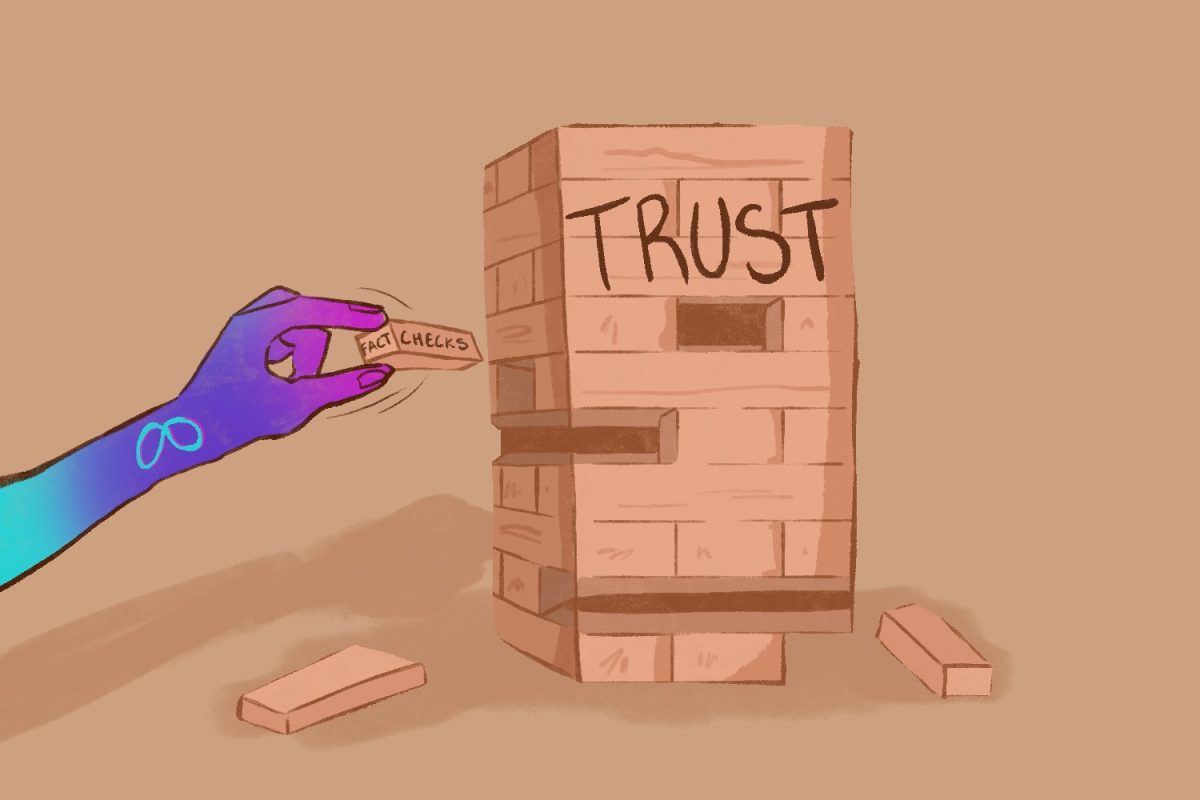Almost a week ago, the Centers for Disease Control and Prevention (CDC) released a preliminary report that revealed a sobering statistic: 107,622 deaths in 2021 were the result of drug overdoses.
This number is almost 15% higher than the number of drug overdoses in 2020.
The most pressing threat is the increase in deaths related to synthetic opioids – primarily fentanyl. Accounting for more than two-thirds of the recorded death total, these substances represent a clear and present danger to America.
And it’s not just a problem that’s affecting adults.
Teenage overdoses spiked a shocking 94% between 2019 and 2020 and then an additional 20% in 2021.
These past few years are the first time in decades that the rate of teenage overdoses has increased, according to Joe Friedman, a Ph.D. student at the University of California Los Angeles (UCLA) Medical & Imaging Informatics.
These facts underscore the severity of this trend and call attention to the need for action.
Prompted by the tragic passing of Carlmont senior Colin Walker less than eight months ago, a fentanyl awareness event was held in Carlmont’s Performing Arts Center, and a little over a week ago, the inaugural national Fentanyl Awareness Day followed up local efforts to bring attention to this issue.
Most importantly, these events afforded a platform to the Walker family and other organizations to speak about the dangers of fentanyl. As a result, students posted on social media platforms, and many discussions were held on the topic, a first for a school assembly.
These conversations can be an important catalyst for tangible actions aimed at saving lives by reducing the risk that fentanyl poses to our teenagers.
Despite the fact that fentanyl is essentially an “invisible poison” and little can be done to detect its presence without testing equipment, practical solutions are available.
One of the cheapest and most effective tools for prevention is the use of fentanyl testing strips to test drugs before use. With only a 4% occurrence of either a false positive or negative test result, a price of $1, and the ability to detect fentanyl quantities the size of a grain of salt, these strips are an accurate, effective, and extremely cheap solution to this epidemic.
Furthermore, these testing strips can also be an important deterrent. According to a forecast study conducted by Drs. Susan Sherman and Traci Green in collaboration with the Johns Hopkins Bloomberg School of Public Health, 70% of respondents would change their behavior (whether that be purchasing, ingestion, etc.) as a result of a positive test from a testing strip.
Across San Mateo County, they’re just waiting there for teens and adults alike to use.
Mary Fullerton, the program supervisor of San Mateo County’s Integrated Medical Assisted Treatment team (IMAT), noted the accessibility of these resources in a past interview this spring.
“I have a box of a thousand [testing strips] sitting on my desk,” Fullerton said. She then directed any prospective users to retrieve the strips anonymously via the county’s emergency services.
Ultimately, it is impractical to expect that fentanyl testing strips will be available to everyone using illicit substances.
Another common-sense solution is to be there for each other. The summer months engender a certain allure; months chock-full of parties on the beach and other situations in which teens could be put at risk of fentanyl exposure.
By being vigilant and aware of the dangers of fentanyl, one could be quick to alert the authorities of a potential overdose if they notice a lack of responsiveness, slowed breathing, and other effects. An overdose can potentially be reversed by the administration of naloxone, a potent countermeasure that stops the effects of fentanyl. A person’s probability of survival will increase if they aren’t left alone and the drug is administered soon after symptoms of the overdose present themselves.
In most cases, there is enough time to prevent death from an overdose. According to the New York State Department of Health, death typically occurs one to three hours after the injection of opioids that trigger an overdose.
If Narcan is administered quickly, it has been proven to save lives. A review of Massachusetts emergency medical services between 2013 and 2015 showed a 93.5% survival rate when a dose of Narcan was administered.
By no means are we advocating for underage substance use. In an ideal world, fentanyl wouldn’t get within a 10-mile radius of our school. But in a more realistic world, that simply isn’t the case. And as Colin’s story shows, a single moment can prove fatal.
As fentanyl becomes more prevalent, stories such as Colin’s will only become more commonplace. The way to stop fentanyl in its track is to educate yourself, call attention to the issue, and genuinely care for others.
*This editorial reflects the views of the Scot Scoop editorial board and was written by Hudson Fox.























